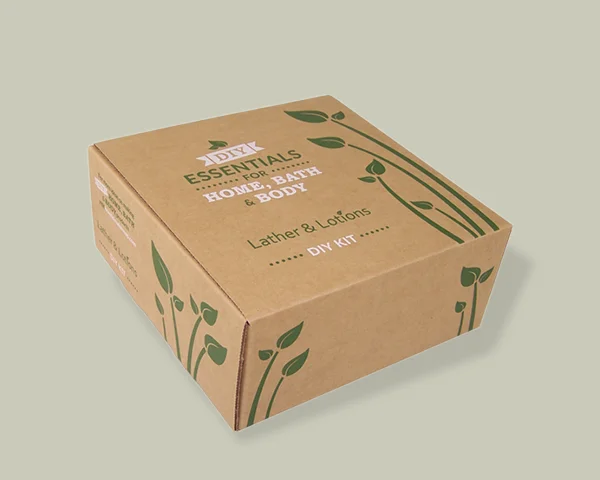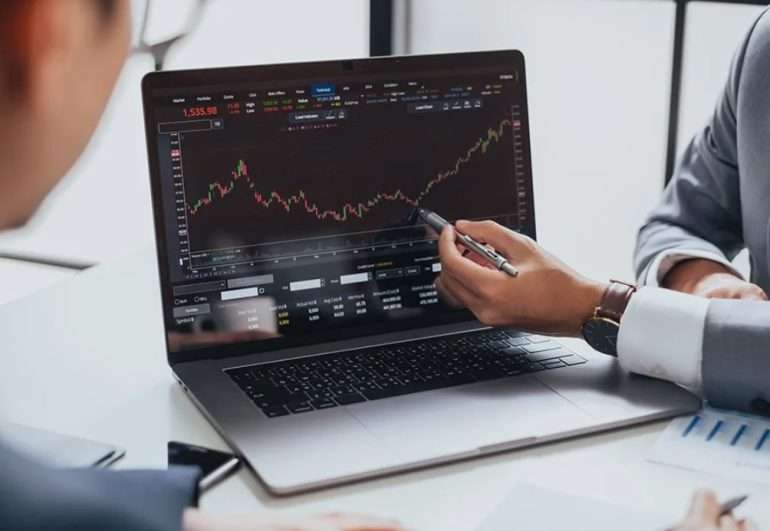In today’s environmentally conscious world, businesses are increasingly recognizing the significance of sustainable practices, and a pivotal aspect of this transformation lies in the realm of packaging. Embracing eco-friendly packaging not only reduces environmental impact but also presents a powerful opportunity to elevate brand image and cultivate lasting customer loyalty. By consciously selecting materials and designs that minimize waste and prioritize recyclability, companies can demonstrate a genuine commitment to environmental stewardship. This proactive approach resonates deeply with consumers who are actively seeking out brands that align with their values, ultimately fostering a stronger connection and increased brand affinity through eco-friendly packaging.
The Benefits of Sustainable Packaging
Switching to eco-friendly packaging offers a multitude of advantages that extend far beyond simply reducing your carbon footprint. It’s a strategic investment that can significantly impact your bottom line and enhance your brand’s reputation.
- Reduced Environmental Impact: Minimizes waste, conserves resources, and lowers carbon emissions.
- Improved Brand Image: Attracts environmentally conscious consumers and strengthens brand reputation.
- Increased Customer Loyalty: Demonstrates a commitment to sustainability, fostering trust and loyalty.
- Cost Savings: Sustainable materials can sometimes be more cost-effective in the long run.
- Competitive Advantage: Differentiates your brand from competitors and positions you as a leader in sustainability.
Types of Eco-Friendly Packaging Materials
The options for sustainable packaging materials are constantly evolving, offering a diverse range of choices to suit various product types and branding needs.
Recycled Cardboard and Paper
Made from post-consumer waste, recycled cardboard and paper are excellent choices for boxes, inserts, and labels. They are readily recyclable and biodegradable.
Plant-Based Plastics (Bioplastics)
Derived from renewable resources like cornstarch or sugarcane, bioplastics are biodegradable and compostable under specific conditions. They offer a sustainable alternative to traditional petroleum-based plastics.
Mushroom Packaging
Made from mycelium (the root structure of mushrooms) grown around agricultural waste, mushroom packaging is a fully compostable and biodegradable alternative to polystyrene foam.
Seaweed Packaging
Emerging as a promising alternative, seaweed packaging is naturally biodegradable and compostable, offering a sustainable solution for food and cosmetic packaging.
Strategies for Implementing Eco-Friendly Packaging
Successfully transitioning to sustainable packaging requires careful planning and execution. Here are some key strategies to consider:
- Conduct a Packaging Audit: Assess your current packaging practices to identify areas for improvement.
- Set Sustainability Goals: Define clear and measurable sustainability goals for your packaging.
- Research Sustainable Materials: Explore the various eco-friendly packaging options available and choose materials that align with your product and brand.
- Optimize Packaging Design: Minimize packaging size and weight to reduce material usage and shipping costs.
- Communicate Your Sustainability Efforts: Inform your customers about your commitment to eco-friendly packaging through clear labeling and marketing campaigns;
Comparative Table of Packaging Materials
| Material | Sustainability | Cost | Durability | Common Uses |
|---|---|---|---|---|
| Recycled Cardboard | High | Low to Medium | Medium | Boxes, Inserts, Labels |
| Bioplastics | Medium to High | Medium to High | Medium | Food Packaging, Bottles |
| Mushroom Packaging | High | Medium to High | Low to Medium | Protective Packaging |
| Traditional Plastic | Low | Low | High | Various Applications |
Ultimately, choosing the right type of packaging requires careful consideration, but embracing eco-friendly packaging is an investment in the future and reflects a company’s dedication to sustainability. By taking these steps, businesses can significantly reduce their environmental impact, enhance their brand image, and foster stronger relationships with their customers.
The Psychology of Green Packaging: Why It Works
Beyond the tangible benefits, there’s a deeper psychological connection at play. Consumers aren’t just buying a product; they’re buying into a narrative. Eco-friendly packaging taps into a powerful human desire for connection, for purpose, and for feeling like they’re contributing to something bigger than themselves. Think of it as a silent language, communicating values and ethics without uttering a word. The rustle of recycled paper, the earthy scent of biodegradable materials – these sensory details subtly reinforce the message of sustainability, creating a positive emotional association with the brand.
The Halo Effect and the Power of Perception
The “halo effect” plays a significant role. When a consumer perceives a brand as ethical and environmentally responsible, this positive perception extends to other aspects of the brand, including product quality and customer service. Suddenly, that organic shampoo isn’t just good for your hair; it’s a symbol of your commitment to a healthier planet. This elevated perception translates into increased brand loyalty and a willingness to pay a premium for sustainable products.
Beyond the Box: Innovative Approaches to Eco-Friendly Design
Forget drab, utilitarian packaging. The future of eco-friendly design is bold, creative, and even edible! Imagine a snack bar wrapped in seaweed paper that you can actually eat after you’ve finished your treat. Or a clothing brand that ships its garments in seed paper, allowing you to plant the packaging and grow wildflowers. These innovative approaches not only minimize waste but also create a memorable and engaging customer experience.
- Edible Packaging: A truly zero-waste solution that turns packaging into a part of the product.
- Seed Paper Packaging: Plantable packaging that transforms into beautiful flowers or herbs.
- Upcycled Packaging: Giving new life to discarded materials, like turning old t-shirts into reusable shopping bags.
- Water-Soluble Packaging: Dissolves completely in water, leaving no trace behind.
The Future of Packaging: A Circular Economy
The ultimate goal is to move beyond a linear “take-make-dispose” model to a circular economy where materials are constantly reused and recycled. This requires a fundamental shift in thinking, from designing packaging for disposal to designing packaging for regeneration. It’s about creating a closed-loop system where waste becomes a valuable resource, and packaging becomes a temporary carrier rather than a permanent burden on the planet.
As the world becomes increasingly aware of the urgent need for sustainable solutions, the importance of eco-friendly packaging will only continue to grow. Businesses that embrace this trend will not only contribute to a healthier planet but also gain a significant competitive advantage in the marketplace. The future of packaging is not just about protecting products; it’s about protecting our planet and building a more sustainable future for all.





